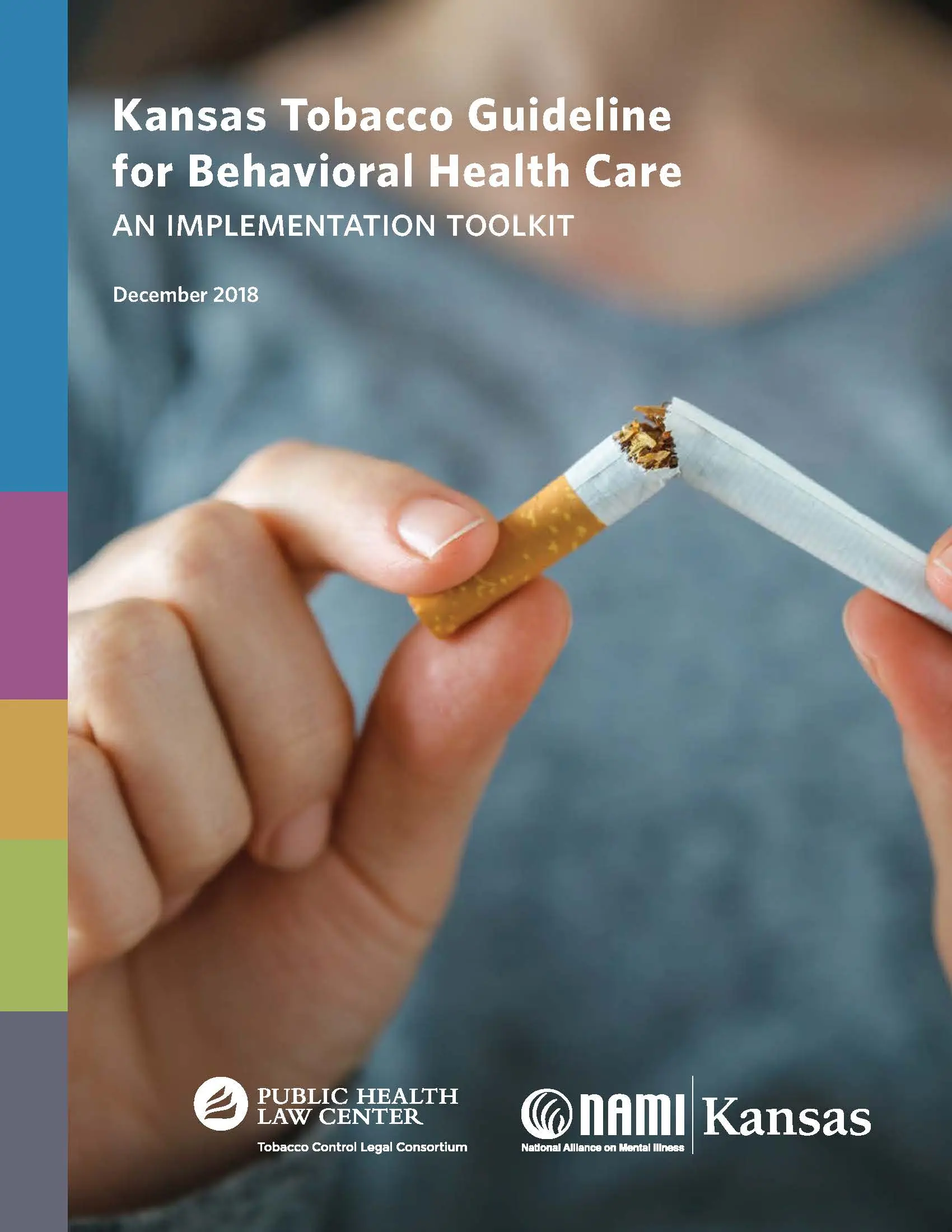Tobacco control program staff have a unique opportunity to encourage the integration of tobacco treatment by providing technical assistance and support to behavioral health teams, clinical providers, organizations, agencies and systems serving people with mental illness and substance use disorders.
The American Lung Association has developed the Tobacco Treatment: Integration Assessment Tool . This interactive assessment for behavioral health teams and organizations helps identify organizational strengths and targets to further integration in four key areas: Adopting a Tobacco-Free Environment, Strategies for Integrating Tobacco Treatment, Building Staff Capacity to Provide Tobacco Treatment, Quality Improvement and Sustainability. The Lung Association's Tobacco Treatment: Integration Assessment Tool will automatically generate a scored summary report that is emailed to the person taking the assessment. This tool is available for use by all tobacco control program staff and other public health professionals and their community partners that are working towards system changes.
The scored Tobacco Treatment: Integration Assessment report can help point organizational leadership teams towards areas of opportunity within their system to further their objectives to integrating comprehensive tobacco treatment. The results of the Tobacco Treatment: Integration Assessment can also guide tobacco control program staff towards curated resources to provide technical assistance to community partners in behavioral health.
The Lung Association Team encourages tobacco control program staff to explore the assessment.
Tobacco control program staff can also share the assessment with key champions that are leading the change efforts to integrate tobacco into their organization.
Using the Tobacco Treatment: Integration Assessment Tool focus areas:
American Lung Association’s Tobacco Treatment: Integration Assessment Tool was inspired by the companion Self-Assessment to the Kansas Tobacco Guideline For Behavioral Health Care.
The NAMI Kansas Self-Assessment: Kansas Tobacco Guideline for Behavioral Health Care was adapted from the Index for Tobacco Treatment Quality (ITTQ)1
Special thanks to:
Rick Cagan
Director, Behavioral Health Tobacco Project
National Alliance on Mental Illness – NAMI Kansas
Kim Richter, PhD, MPH, NCTTP
Director, UKanQuit, University of Kansas Hospital
Professor, Population Health, University of Kansas School of Medicine
Dee Vernberg, PhD, MPH, BSN
Senior Analyst
Lawrence-Douglas County Public Health
-
Grant Number R21DA020489 from the National Institute on Drug Abuse funded the development of the ITTQ. Cupertino AP, Hunt JJ, Gajewski BJ, Jiang Y, Marquis J, Friedmann PD, Engelman KK, Richter KP. The index of tobacco treatment quality: development of a tool to assess evidence-based treatment in a national sample of drug treatment facilities. Subst Abuse Treat Prev Policy. 2013 Mar 15;8:13. doi: 10.1186/1747-597X-8-13. PMID: 23497366; PMCID: PMC3704700.
Page last updated: June 25, 2025


